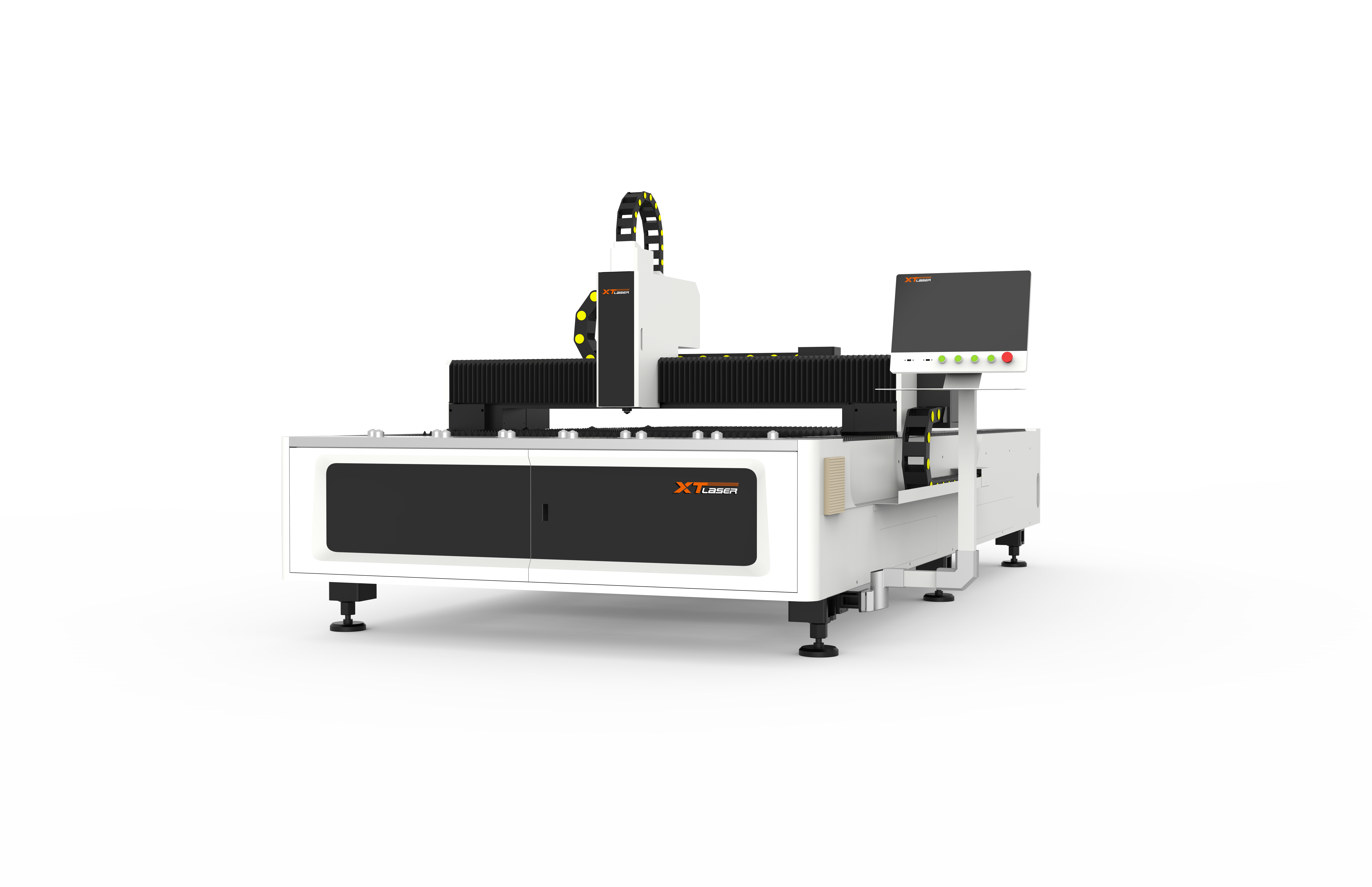Laser Cutting Industry in Next Few Years Vicky
The Prediction Laser Cutting Industry in Next Few Years
レーザー切断 has always been one of the most widely used laser processing applications. Pulsed laser is suitable for metallic materials, continuous lasers are suitable for non-metallic materials. Combined with computer-controlled automatic equipment, the laser beam has unlimited contour cutting capability and easy to modify cutting path. Laser cutting has the advantages of mechanical deformation, no tool wear, and it’s easy to achieve automated production.
Now, laser cutting widely use in sheet metal processing; metal processing; advertising production; kitchen utensils; automobiles; lamps; saw blades; elevators, metal crafts, textile machinery, grain machinery, glasses production, aerospace, medical equipment, instrumentation and other industries. So, In particular, it replaces traditional processing methods in the sheet metal processing industry and favors by industry users.
The worldwide market for Laser Cutting Machine expects to grow at roughly 9.7% over the next five years. It will reach 5880 million US$ in 2024, from 3360 million US$ in 2019, according to study. The terms of product type, the key segments into which the industrial laser market is classified are CO2 lasers, solid state lasers, fiber lasers, and others.
However, the fiber lasers have been the main battlefield of competition among manufacturers.
In the meantime, as large demand of high-end products at home and abroad, many companies began to enter the field of high-end. Currently, the Chinese Laser Cutting Machines industry is not only begin to transit to high-end Laser Cutting Machines products, while still extend in the resource-rich land and downstream industry chain.
In the meantime, as large demand of high-end products at home and abroad. So, too many companies began to enter the field of high-end. Currently, the Chinese Laser Cutting Machines industry is not only begin to transit to high-end Laser Cutting Machines products, while still extend in the resource-rich land and downstream industry chain.




